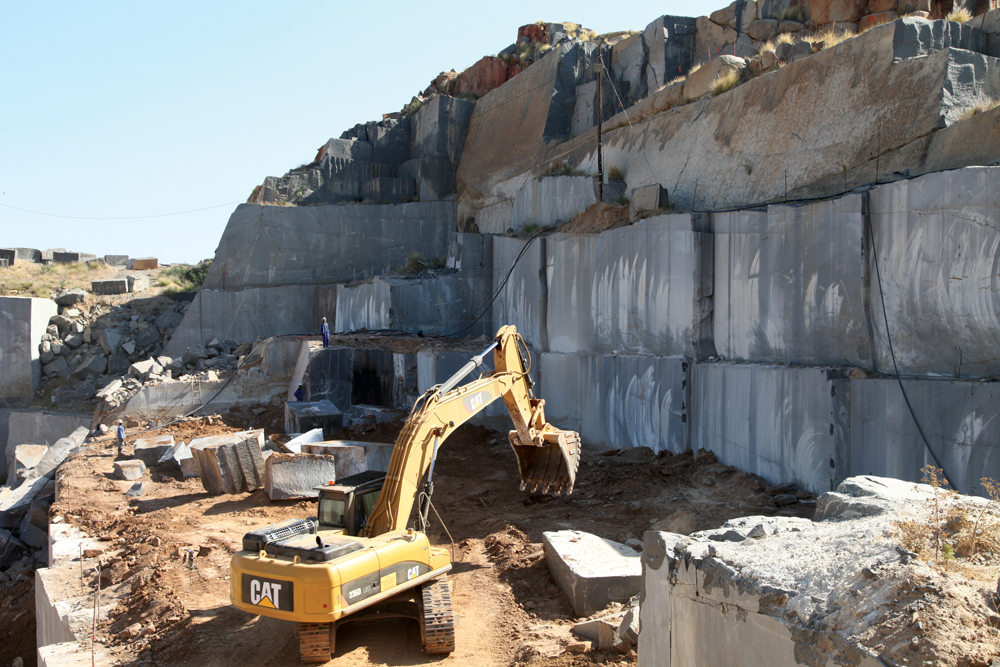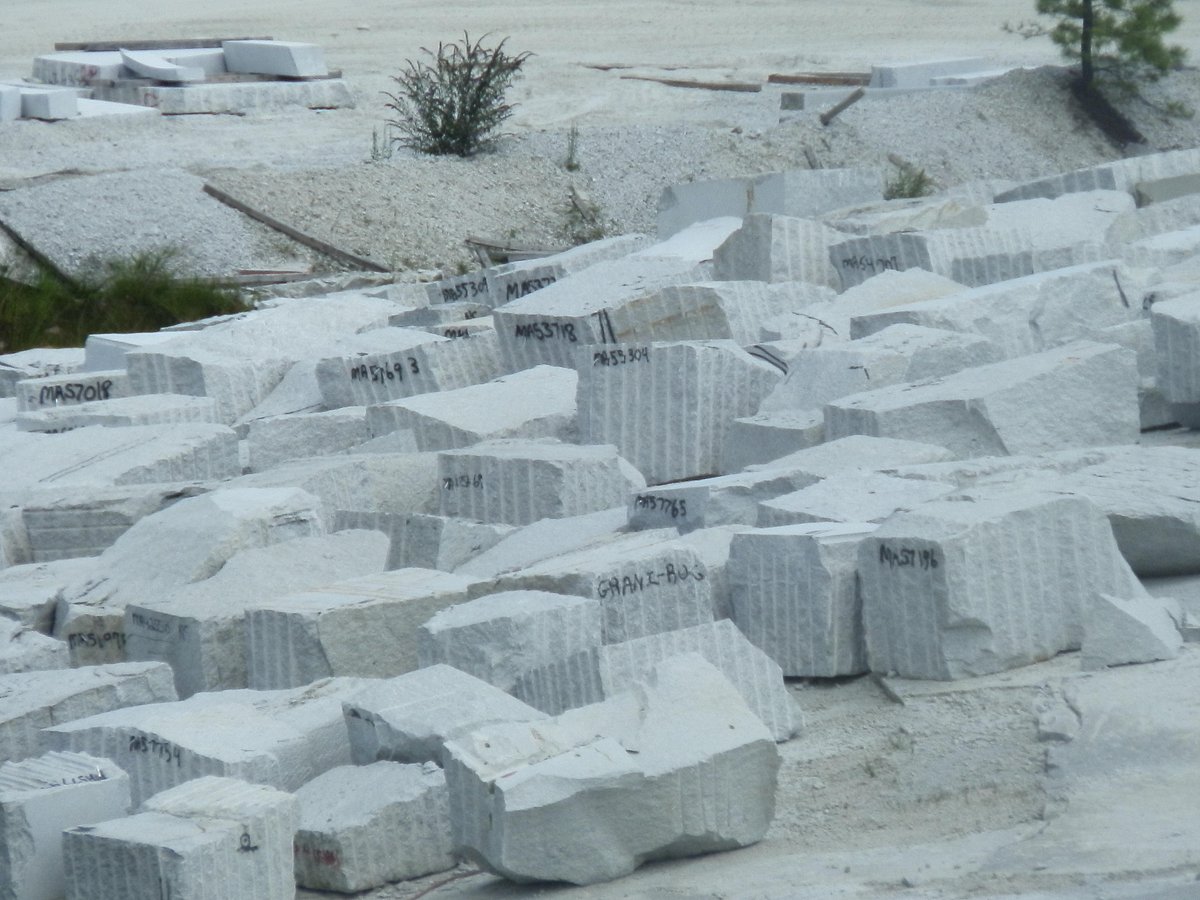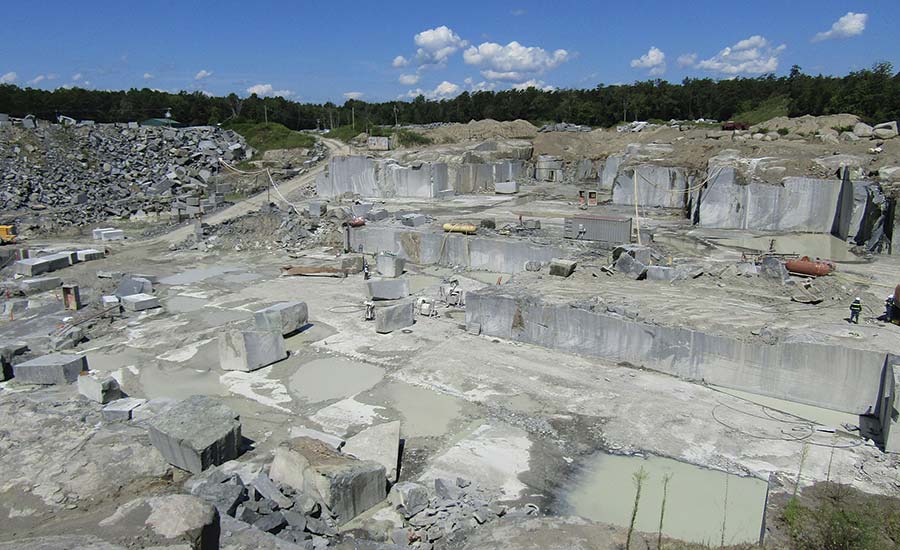The Hidden Treasures: Exploring Granite Quarries in South Africa
The Hidden Treasures: Exploring Granite Quarries in South Africa
Blog Article
Introducing the Mysteries of Granite Quarrying: Where Stamina and Style Meet
The world of granite quarrying is a realm where the raw stamina of nature merges with human artistry to create structures that stand the examination of time with an air of style. From the depths of quarries to the precise polishing in workshops, the procedure of transforming granite into architectural wonders is an intricate dance of custom and technology. As we peer into the depths of this ancient craft, we begin to discover the hidden complexities that form the really significance of our developed atmosphere.
The Origins of Granite Quarrying
In the record of building background, the origins of granite quarrying are shrouded in a tapestry of old workmanship and geological wonders. Going back to ancient Egypt and Mesopotamia, the extraction of granite from quarries noted the beginning of a journey that would eventually result in the production of a few of the globe's most iconic frameworks.
Granite quarrying's origins can be mapped to the competent craftsmens that acknowledged the stone's sturdiness and visual appeal. Through a combination of primitive devices and large resolution, these early quarry workers uncovered granite blocks that would certainly come to be the foundation of people.
As people developed, so did the techniques of quarrying granite. The Romans, renowned for their engineering expertise, established sophisticated methods for removing granite to create monoliths, temples, and roads that stood the examination of time.
The tradition of these ancient quarrying practices proceeds to form modern architecture, with granite remaining a symbol of toughness and sophistication in building projects around the world. (granite quarries in south africa)
Devices of the Quarrying Profession
The evolution of granite quarrying methods from old civilizations to modern times highlights the essential function played by the devices of the quarrying trade in shaping the market's methods. In old times, quarrying tools were fundamental, usually consisting of blades, hammers, and wedges made from products like bronze or iron. These tools required significant manpower and time to essence granite blocks from quarries.

Additionally, the introduction of pneumatic tools and high-powered machinery has actually considerably decreased the physical labor called for in quarrying operations, boosting worker security and efficiency. As the quarrying sector continues to innovate, the tools of the profession continue to be at the leading edge of driving progress and forming the future of granite removal.
Drawing Out Blocks of Granite
Utilizing precision equipment Read Full Article and progressed methods, the extraction of granite obstructs from quarries has ended up being a sophisticated process in the contemporary quarrying industry. The initial action entails recognizing the place and dimension of the granite deposit to determine one of the most reliable extraction method. When an appropriate website is picked, the extraction procedure starts with the boring of holes for the positioning of explosives. Controlled blasting methods are after that utilized to disintegrate the granite into convenient areas.

Sprucing Up and Ending Up Techniques
To attain a flawless surface on granite blocks, knowledgeable craftsmens use a series of precise sprucing up and completing strategies. After the preliminary extraction and shaping procedures, the granite blocks undergo a thorough sprucing up phase to improve their natural beauty and longevity. One typical approach utilized in polishing granite is ruby abrasion, where commercial rubies are made use of to grind and brighten the stone to a smooth finish. This process not only develops a shiny surface area but also makes sure harmony in color and structure across the click this link granite block.
In addition to polishing, completing methods are used to further refine the granite's look. By very carefully selecting and using these brightening and ending up techniques, craftsmens can change raw granite blocks into elegant items that display both toughness and elegance.

Ecological Impact and Sustainability
With the growing focus on environmental awareness in the industry, granite quarrying practices are progressively inspected for their influence on all-natural resources and long-lasting sustainability. Quarrying for granite can have substantial environmental ramifications. The removal process usually entails the use of hefty equipment, dynamites, and huge quantities of water, causing habitat devastation, dirt erosion, and water pollution. Additionally, the transportation of granite from quarries to processing facilities creates carbon exhausts, even more adding to environmental degradation. granite quarries in pop over to this web-site south africa.
To reduce these impacts and make sure sustainability in granite quarrying, sector stakeholders are embracing various actions. Applying advanced modern technologies to reduce energy intake and water use, reclaiming quarried land for environmental reconstruction, and advertising responsible sourcing methods are some strategies being used. Furthermore, accreditations such as the Woodland Stewardship Council (FSC) and the Leadership in Power and Environmental Design (LEED) help consumers recognize eco-friendly granite products.
Final Thought
To conclude, granite quarrying is a process that requires specialized devices and techniques to remove blocks of granite and brighten them to a high degree of surface. While the environmental impact of quarrying can be substantial, efforts are being made to improve sustainability methods in the market. Overall, granite quarrying is a fragile balance between using the strength and beauty of this all-natural rock while lessening its effect on the setting.
Report this page